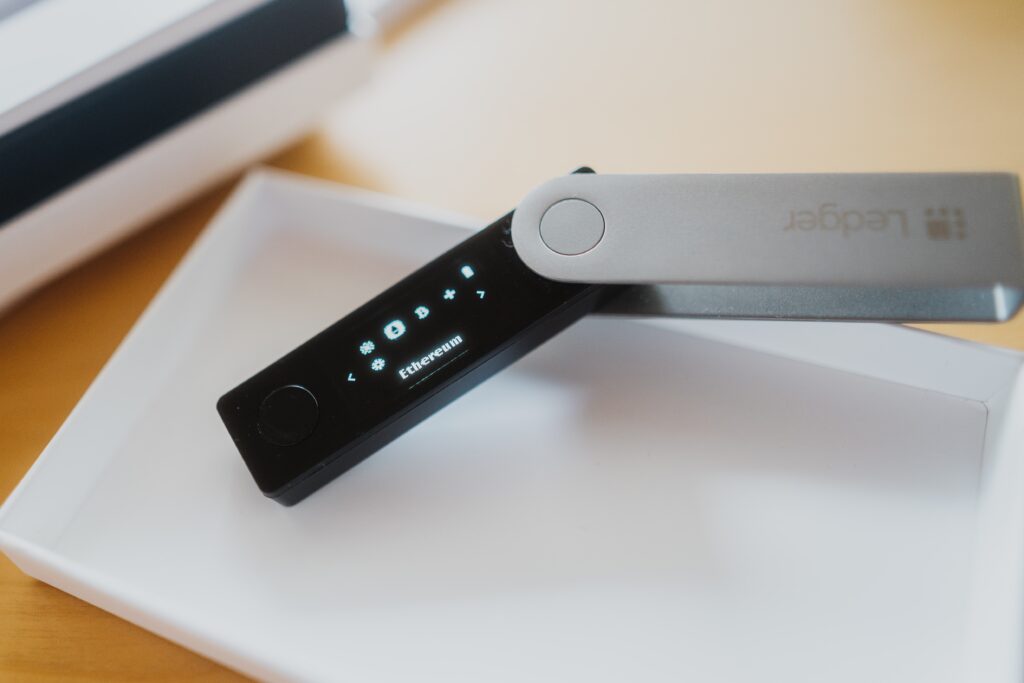The decentralization of the entire financial situation is enabled by Bitcoin and other cryptocurrencies. One of the advantages is that you can become your own bank. Rather than entrusting your money to a bank, which would charge you a fortune to do so, you can manage your own crypto assets. However, this also implies that you are responsible for the security of your digital currencies.
Unfortunately, there are those out there who are trying everything they can to get their hands on your money. As more individuals buy and store cryptocurrencies, hackers will be more motivated to try to break into every device they can to steal those digital assets. They’re also getting more sophisticated as time goes on.
All of this means that you must prioritize the safe storage of your digital assets. It also implies that, regardless of the method of storage you choose, you’ll need a backup of your wallet and the ability to retrieve it. Cryptocurrencies will become a more significant part of our lives in the future, so it’s critical to establish the habit of properly securing your digital assets and understanding what to do if a device fails or is stolen. We’ve put up this guide to assist you in managing the options of backup.
Step-by-Step Guide to Backing Up Your Bitcoin Wallet

Source: unsplash.com
Your Bitcoin wallet, like your wallet in real life, needs to be safe. Your wallet will, of course, be kept in a secure location, but a backup is required to avoid any security risks. Having a backup of your Bitcoin wallet can protect you from various human and computer errors. It allows you to effortlessly recover your wallet if your phone or computer has been taken. Create a trading account and start trading cryptocurrency. Visit this site for more information.
Wallets are divided into two categories: software and hardware. A software wallet is a computer program that keeps track of your cryptocurrency. Software storage solutions include exchange wallets, mobile wallets, and desktop wallets, to name a few. Hardware wallets, on the other hand, are actual pieces of hardware. Consider cryptocurrency USB drives.
The most convenient approach (a.k.a. web wallet) is to store your cryptocurrency on the exchange; however, it is also the least safe. You will lose your crypto investments forever if hackers gain access to the exchange, which happens on a regular basis.
A compromise is a dedicated software wallet. It keeps the keys to your crypto on your PC or smartphone, but there’s still a chance it’ll be hacked or lost, exposing your private keys.
A hardware wallet is the safest solution, but it is also the most inconvenient. It stores your crypto offline, effectively eliminating any hacking opportunities. The disadvantage is that you must plug the gadget in every time you want to complete a transaction. To say the least, it’s inconvenient, especially if you’re a frequent shopper. Furthermore, the hardware wallet, like any other tangible item, might be misplaced, destroyed, or stolen.
It’s a smart idea to keep a small “operational” percentage of your crypto on the exchange for trading and move the rest to a software or hardware wallet.
Ways To Backup A Software Wallet
1. Seed Phrase
For a quick and easy backup, almost all online wallets have a seed phrase generator. This generates your private key by selecting 12 words from a pool of 2,048. You can use the phrase to log back into your account because the particular order of the selected words is unique to your keys.
Of course, you’ll need to figure out how to keep track of these words. You can do this by encrypting your data and storing it in the cloud. However, writing down the backup phrase works for those who are less tech-savvy. However, like with all paper wallets, you’ll need to protect it from both damage and theft – for example, by storing it in a secure location.
2. Export The Keys
Exporting your private keys to a secure location is always a smart idea. However, exporting your keys will display them as plain, readable text, making them easy to use for cybercriminals if your device or account is compromised or for anybody in your neighborhood to examine your keys onscreen.
Exporting your private keys to a different location, on the other hand, ensures that they are backed up and available in the event of a disaster. Simply make sure you’re exporting them to a safe device or virtual place and that they’re protected once they’ve been exported.
Because the procedure of exporting your keys varies depending on which wallet you’re using, it’s advisable to visit the wallet provider’s website and check the FAQ section, or just use a search engine to look up how to export your keys from your selected wallet. In any case, it’s not a difficult procedure, so give it a shot if you know you’ll have a secure spot for your keys.
Ways To Backup A Hardware Wallet

Source: unsplash.com
Using a mnemonic phrase to back up the hardware wallet is the simplest way. It’s comparable to the software wallet’s seed phrase, but it’s lengthier, usually including 24 characters. Even if you lose your smartphone, a mnemonic phrase allows you to regain complete access to your keys.
Getting a backup device – a second hardware wallet to hold a copy of your keys — is a more complex alternative. It will be useful if the first device is taken because you will have immediate access to your keys and will be able to shift the assets before it is too late.
Conclusion
When it comes to storing your Bitcoins, you should keep two things in mind. To begin with, you are solely responsible for ensuring that your crypto assets are secure and unhackable. Second, there is no password recovery option if you are adequately securing your assets; if you lose your wallet or access to it, your Bitcoins are lost permanently.
As a result, having a system in place to both safeguard and backup your keys is critical. Even if you don’t have substantial Bitcoin ownership, it’s a good idea to get into the habit of doing this altogether. Cryptocurrencies will become more important in our lives in the future, and correctly keeping them will only grow more critical.



